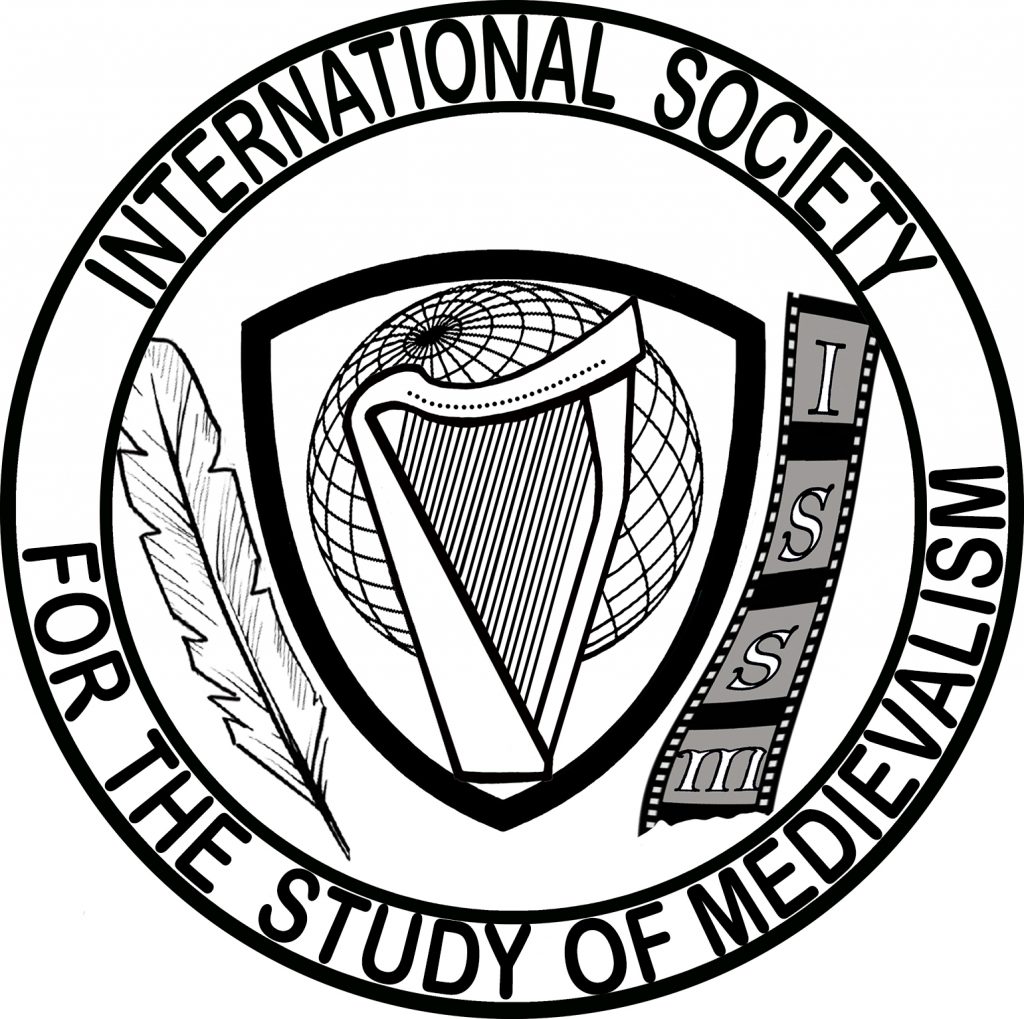The International Society for the Study of Medievalism listserv is designed for persons researching and teaching concepts involving the study of medievalism(s). Calls for proposals, calls for papers, calls for submissions, announcements of books or articles published, obituaries, job openings, and similar invitations and announcements are encouraged. Discussion is also encouraged, regarding anything to do with medievalism studies.
How to Join the Listserv
We use Google Groups for the purpose of email communication. If you would like to join our listserv, send an email to Leah Haught (lhaught@westga.edu) or Rachael Warmington (rachael.warmington@shu.edu) using the subject: SUBSCRIBE ISSM. In the body of your email, please clearly indicate what email address you’d like to use for your subscription, which can be institutional or personal, depending on your preference. The address you select does not need to be a gmail addresses to work.
ISSM ListServ FAQ
ISSM listserv’s “Frequently Asked Questions” will be sent out to all subscribers periodically. It is the same post each time, and is shared as a reminder of information, for subscriber convenience.
1. What is ISSM listserv’s purpose?
The ISSM listserv is designed for persons researching and teaching concepts involving the study of medievalism(s). Calls for proposals, calls for papers, calls for submissions, announcements of books or articles published, job openings, obituaries, and similar invitations and announcements are encouraged. Discussion is also encouraged, regarding anything to do with medievalism studies.
2. I don’t wish to be a part of discussions; what do I do?
You might wish to remove your email from the listserv. Send an email to one of the two people mentioned above, using the subject: SIGNOFF ISSM. In the body of your email, please indicate what address or addresses you would like to be removed. (NOTE: many announcements are posted on the ISSM website (https://medievalisms.org/), but there is no guarantee that they will all be there.)
3. How do I send a message to all the ISSM listserv subscribers?
Simply send an e-mail issm-listserv@googlegroups.com. You can can also start a new conversation via Google Groups itself by clicking on the ISSM ListServ Group. From there, click on new conversation at the top left. Write your message and then click post.
4. How do I reply to a message I receive from the ISSM listserv?
To respond via email, click on the message you wish to respond to in your email. You can respond to any email in a given conversation thread. To respond only to to the person who posted, select reply. To reply to the whole group, select reply all.
To respond from within the ISSM ListServ Group, click on the message you want to respond to. If you want respond only to the author of that message, click respond to author beneath the message text. Write your response, and then click send. If you want to respond to the whole group, click reply all beneath the message text. Write your response, and then click post message.
Please be mindful of when you are replying to an individual versus when you are responding to the group.
5. Are there guidelines or limits to the announcements and discussions?
Yes, see below:
- Be self-aware. Be aware that racism, sexism, and discrimination based on religious, ethnic or sexual identity operates unconsciously as well as consciously. Even those dedicated to equality can have such responses.
- No personal attacks. Criticize ideas or actions, not individuals or groups. Avoid name calling, personal attacks, and sarcasm. Also, be aware of the distinction between name calling and analysis.
- Be respectful. Use respectful language, particularly when criticizing concepts, ideas, or scholarship. Mistakes: everyone makes them. Own up to yours without defensiveness; be forgiving of those made by others.
- Assume good intentions. Never attribute to malice what can be attributed to ignorance. Keep in mind that the goal of discussion is not to agree but to gain deeper understanding.
- Control your emotions. Write in full sentences and refrain from using all caps, emoticons, asterisks or other intensifiers. Put statements in a factual and non-accusatory form.
- Maintain confidentiality. Do not share discussions outside the list-serv without the permission of all participants.
Be professional. Do not engage in interpersonal, back and forth arguments about past events or encounters. Take these kinds of interpersonal discussions into a private forum. - Do not police tone. Members should respond to the ideas and evidence presented by fellow discussants, not their tone (i.e. avoid responses such as “I resent your patronizing tone.”).
- No bullying will be tolerated. Bullying is not permitted but please be aware of the distinction between critique and bullying. Bullying involves the exploitation of an imbalance of power with the intent to harm.
- Strongly worded critiques are permitted. Strongly-worded critiques or responses are not bullying; they are not made with the intent to harm or as an exploitation of power.
- Avoid sending personal notes intended for individuals to the entire ISSM listserv.
- Avoid duplicating information. If one person has already responded to a particular question, there is no need for others to respond, unless that person has an alternative answer.
- Avoid sending inordinately long emails.
If a post or exchange violates these guidelines, the listserv will temporarily be placed on moderation, a setting by which all posts need to be approved by either the Executive Director of Communications or the Communications Coordinator. Repeat violations of these guidelines might result in the removal of an individual or individuals from our listserv.

